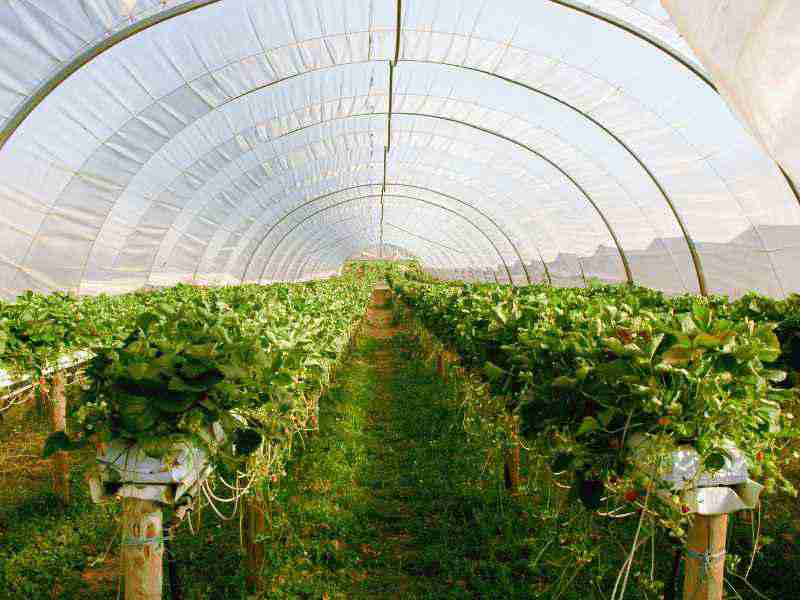Construction of a plastic greenhouse
Making a plastic greenhouse with special nylons is one of the best and most accessible options for growing plants in any area, regardless of when they are grown.
Making a plastic greenhouse with special nylons is one of the best and most accessible options for growing plants in any area, regardless of when they are grown.
Building a greenhouse with this material has various advantages, and in this article, after describing them, we will mention details about the plastic greenhouse as well. So join us.
Advantages of making a plastic greenhouse
The advantages of building a greenhouse with plastic have encouraged many farmers to use this material, which include:
- The cost of making a greenhouse with plastic is much lower than materials such as glass or transparent PVC panels.
- Special plastics for greenhouse construction prevent more energy loss through heating systems by absorbing the sun's energy during the day and preserving it at night due to having infrared materials.
Installing special nylons for greenhouse construction is easier than glass and other examples. - The anti-UV coating of greenhouse plastics protects the harmful rays of the sun from passing through and damaging plants.
- In many cases, the release of some water vapor through the joints of the plastic joint point or due to its chemical properties will
- prevent the formation of water droplets on the wall and ceiling. It is better to know that the presence of these drops prevents enough light from reaching the plants.
Important points about greenhouse plastic
Those who choose plastic to build their greenhouse, it is better to pay attention to the following points before starting work:
Low lifespan
Even the best examples of greenhouse plastic do not last more than 6 years, and in most cases this number ends in two to three years. Various factors can be effective in maximizing the time of using greenhouse plastic, the most important of which are as follows:
The higher the UV resistance of a plastic, the more durable it will be.
Temperature fluctuations also affect the lifespan of the plastic cover of the greenhouse and cause it to thin and tear.
Excessive humidity is another destructive factor for the durability of greenhouse plastic and reducing its shelf life.
thickness
Many people may think at first glance that the durability of the plastic cover for greenhouse construction is directly related to its thickness. In other words, the larger the diameter of the plastic, the longer it lasts.
In fact, despite the slight effect of thickness on the durability of plastic, we cannot completely relate these two issues to each other. Because the main factor in increasing the shelf life of the plastic coating is the UV feature.
On the other hand, it is obvious that two or more layers and thicker plastics are more durable than thin and one-layer nylons. In general, farmers should pay attention to the chemical characteristics of the product more than its appearance and thickness when choosing the desired material.
installation method
Another important point in building a plastic greenhouse is how to install it and how tight or loose the plastic is. Some people install the plastic cover so tightly that there are no wrinkles left in it and stretch the nylon as far as possible.
Due to shrinkage, the dimensions of plastics in the cold season are slightly smaller than in the temperate seasons of the year. So, if the plastic is installed too tightly, the pressure applied to it may cause parts of this cover to tear.
the environment
As we mentioned in the previous section, despite the low cost of building a greenhouse with plastic, the durability of this type of material is also low. In many countries, including Iran, despite the fact that plastics can be recycled, they refrain from doing this because of the high cost or other factors.
So farmers should consider the amount of nylon left in nature when choosing plastic for greenhouse construction, and replace it with more durable or reusable options if possible.

